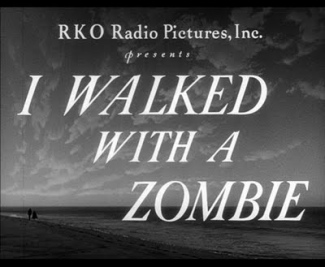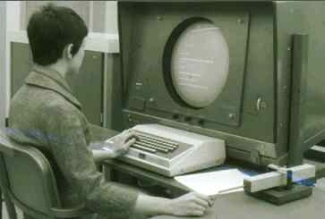
There was a time in pre-history. Long before the Internet. When you could book a flight from San Francisco to New York and it would mostly be empty. It was common to find an unoccupied row and stretch out — making use of all three seats. That form of travel no longer exists. Based on a recent flight, I’ve concluded we’ve reached another inflection point in air travel; I’m calling it: Peak Carry on.

In the early days of the carry on luggage era, it was only a small number of savvy travelers who packed everything into a small case, carried it along into the cabin and checked nothing. The suit carrier era was eclipsed by the rolling carry on bag. The rationale was simple. It takes too long to retrieve your checked luggage. A business traveler could deplane and go. No waiting around for a luggage carousel.
Over the years, all business travelers adopted this approach. To be the person in your group who checked luggage was to show you were hopelessly old fashioned. Clearly not management material. This approach spread from the business sector to almost all travelers. The carry on bag is everywhere.
The moment of peak carry on has occurred due to a confluence of events. Everyone believes they need to use carry on luggage to save time. In addition the airlines now work to fill every seat in an effort to make a profit. As part of that they generally charge $25 per checked bag. This means there’s an economic incentive to switch to carry on luggage which has no extra charges.

The terrorists have succeeded in degrading the experience of air travel. We’ve grown used to the security perimeter, to being searched and having our luggage scanned. We’ve completed the process of ruining air travel with carry on luggage. Boarding a plane is now a fight for space in the overhead compartment. If you’re last to board, it’s likely that all the overhead space has already been stuffed with carryon bags and you’ll need to check your carry on. Incidentally, there’s no fee to check your bag in this instance. When it comes time to deplane, it’s a scramble to pull carry ons from the overhead bin without cracking someone on the skull.
Getting on and off of airplanes has become horrible. And because carry on luggage is taking up so much space, often you’re sitting on your coat and you’ve been crammed into the ever smaller seating with whatever you’ve brought along to amuse yourself during the trip. Observe the upset that occurs when the person in the window seat needs to get up and use the restroom.
It’s within our power to fix air travel, or at least part of it. We just need to set some limits and change the incentives. First, assign overhead bin space to each seat. This is part of what you pay for when you book passage. If you don’t want your overhead space you can trade it for a discounted ticket. The airline can rent unwanted overhead space to other passengers. Second, limit the number of carry on bags to 30% of the passenger total — and charge $50 (double the checked rate) for a carry on. In addition, when deplaning, passengers with carry on luggage must wait until all other passengers have left the plane before removing their bags from the overhead bin.
These simple changes would make air travel better for everyone. I’m certain that business travelers would complain bitterly about these new rules and restrictions. However, by attempting to optimize speed and efficiency in every aspect of air travel, we’ve made it almost intolerable. The speedy part of air travel is the part where you fly through the air. Carry on luggage is only faster when a few people do it. When everyone does it you experience peak carry on. Airlines don’t need to introduce these new policies all at once. They could be introduced one flight at time — the key here is asking travelers about the difference it made in their experience of air travel.
To me the worst part of travel is the traveling part. Can you imagine an airline using actual footage of what it’s like for most of us in their television commercials? Imagine if we could make it better.
Comments closed





